Uw mand
Luidspreker
Voir les marques
Filters
Filtreren
627
Resultaten:
Producten per pagina
Sorteren
Blackweek
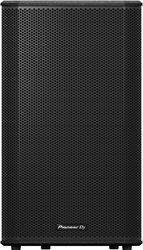

999.00 €
667.00 €
Blackweek
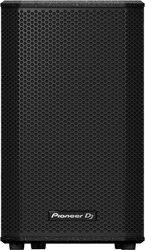

749.00 €
469.00 €
Set
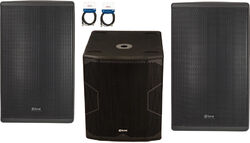

1115.00 €
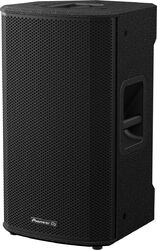
899.00 €
559.00 €
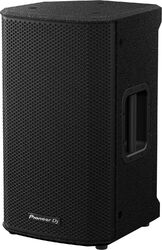
799.00 €
499.00 €
Blackweek
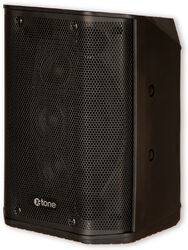

499.00 €
339.00 €
Cadeau-ideeën
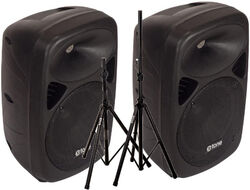

300.00 €
Set
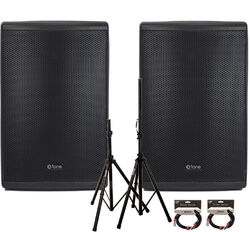

710.00 €
Set
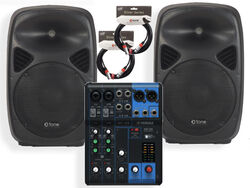

394.00 €
Set
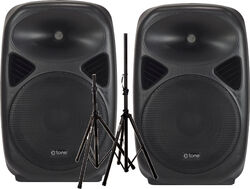

437.00 €
413.00 €
Set
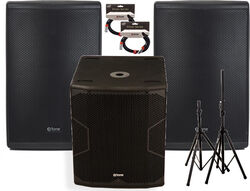

1249.00 €
Cadeau-ideeën
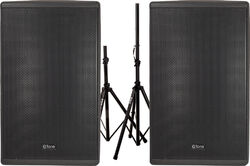

717.00 €
643.00 €
Cadeau-ideeën
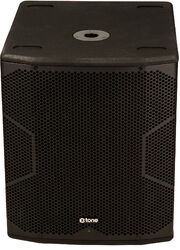

1000.00 €
579.00 €
Blackweek


899.00 €
599.00 €
Cadeau-ideeën
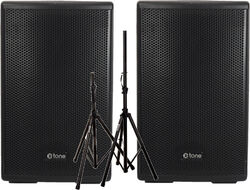

578.00 €
Blackweek
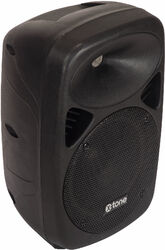

129.00 €
99.00 €
Blackweek
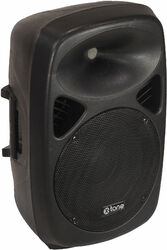

169.00 €
139.00 €
Blackweek


249.00 €
179.00 €
Blackweek
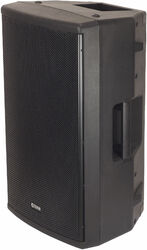

349.00 €
269.00 €
Cadeau-ideeën
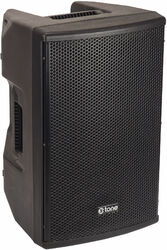

329.00 €
Cadeau-ideeën
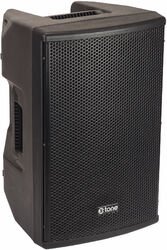

289.00 €
Cadeau-ideeën


209.00 €
199.00 €
Blackweek


449.00 €
444.00 €

989.00 €
849.00 €
Set
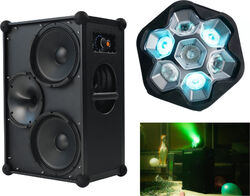

1228.00 €

1149.00 €
1089.00 €
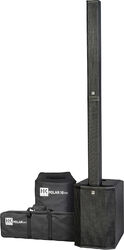
999.00 €
898.00 €
Blackweek
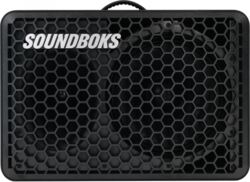

699.00 €
679.00 €
Blackweek
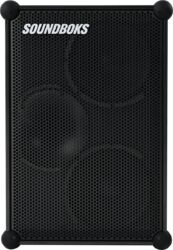

999.00 €
939.00 €
Set
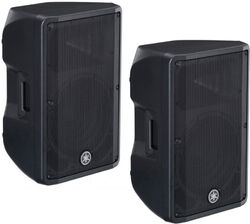

850.00 €
Merken in de categorie : Luidspreker
Bekijk meer
























